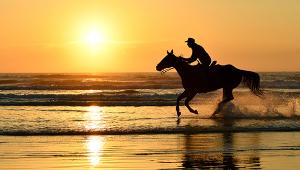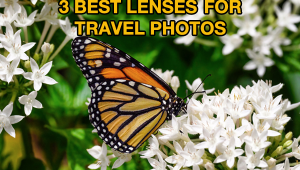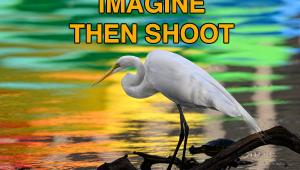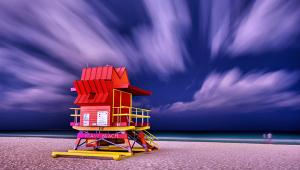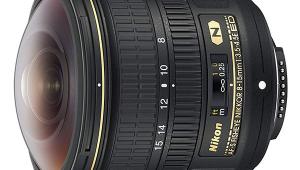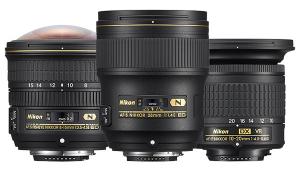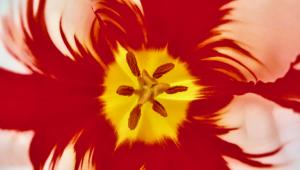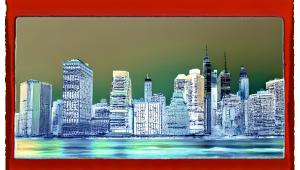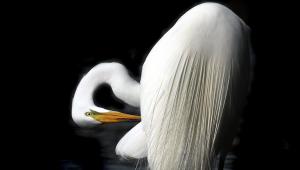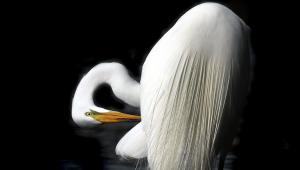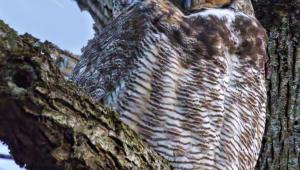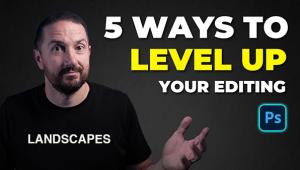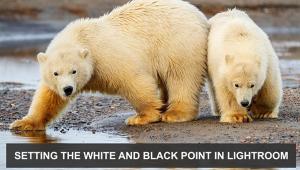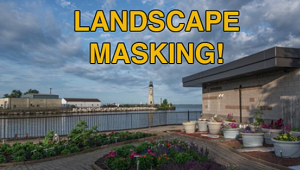Weathering the Storm: How to Use Clouds + Time to Create Amazing Landscape Photos

I don't just use clouds in many of my photographs; I actively pursue them for my images. If I hear a storm is a few days out, I'll travel to meet it. I'm not talking about hurricanes—I'll travel away from one of those; but give me an approaching garden-variety Florida storm, and I'll be there.
Clouds don't often get in my way—in fact, I think that when I come upon a really nice subject or scene, I prefer to see clouds as well, as it's a little more challenging to compose an image when the sky is clear blue or flat overcast.
Clouds add character and intrigue, and what works best for me is a dramatic cloud structure. I love when it's my job to capture a landscape with clouds as dramatic elements that complement my subject as a backdrop, or as framing, or for contrast.

All in Good Time
You'll notice from the photographs and videos that clouds alone, no matter how dramatic, aren't always quite enough for me. I'm fascinated by the passage of time and the ways it can be depicted in a still photograph or a series of stills. Long exposures and time-lapse videos are my favorite ways of working with this idea.

Motion, of course, is the key—time-lapse videos have to capture movement to be in any way interesting; likewise, long exposures need the clouds to be moving to effectively tell their stories.

Long exposures are straightforward and self-defining. In the photos here, the shutter speeds range from a relatively short 1/15 second to over four minutes, and all I can tell you about how to judge the manual setting of the speed is the experience trial-and-error brings. I'm at the point where I can evaluate what I see (how fast the clouds are moving), what I know (the weather forecast), and what I can guess at (the length and direction of the movement across the sky).

Time-lapse videos are even more dependent on experience—and then there's the software you might want to use to assemble your series of still images into a video clip. At the start, what I look for—and what indicates that instead of a single image I'll be making a series of images to assemble into motion—is motion.
And the hope that if it's dramatic motion, it will stay that way for a while. It's often difficult to imagine what that motion will be over time, or how long it will last, but there are certain indications and conditions that tell me to try for a time-lapse video.
The Big Ben video for example. The clouds were pretty dramatic, and I saw them moving quickly and coming towards me. I knew they would make a great video with their sweeping-across-the-sky motion.
But I had even more of an edge on this one: I'd been on the bridge the afternoon before the sequence was made, so I knew when the lights came on and of course I knew I'd get the motion of the clock's hands. All I could hope for were clouds in motion—and I got them.
For the Slovenia video, I had a great vantage point, and the clouds were going crazy, but it was no coincidence or mere luck that I was there. It had rained the day before, a pretty intense storm, and according to my guide, that generally meant that the next morning humidity would build up and create layers of fog/clouds in the valley, which was about 45 minutes outside Ljubljana, the capital of Slovenia.
I probably got up at three in the morning to get there, but the most challenging part was picking an area I wanted to shoot. It was all so beautiful, and I finally decided that the little church on the hill made an interesting subject as it peeped though as the clouds passed through. I had no idea that the clouds would suddenly change direction, but when they did, I knew I had the narrative that would give viewers a sense of what it was like to be in that beautiful area at that moment.
For me, a time-lapse video has to be a narrative with a beginning, middle, and end. The questions are always, How far do I want to go with this? What's the plot here? What's a natural conclusion? Those are the creative decisions to consider for a time-lapse video.
My Choices
Here's some of the gear I use and a few suggestions I can offer
• The number one need is a camera with a built-in time-lapse (intervalometer) feature.
• My lenses for cloud-motion stills and time-lapse videos are generally wide angles—14-24mm, 14-30mm, 16-35mm, and 24-70mm.
• Be sure you have a sturdy tripod.
• I choose f/stops most often in the f/4 to f/11 range for time-lapse videos. You don't want the narrow apertures—like f/16 or f/22—because any little imperfection in the scenes, like dust or bits of debris in the scene, will show in the individual images.
• Intervals of two seconds between shots for videos are most often my choice unless the clouds are moving very slowly, and then I'd use three seconds. Any longer than that works against a smooth-moving video.
• The total amount of time for the video is a personal choice. I like to set the duration for 999 seconds so it'll be my decision when to turn off the camera. I might think the entire time-lapse video will be 15 seconds, but what happens if something interesting or unexpected—like clouds changing direction—happens after 15 seconds?
• Keep everything manual: aperture, shutter speed, focus, ISO.
• I choose a shutter speed that will produce a fluid flow in the video. If each exposure is 1/160 second as opposed to 1/60 or 1/30, the individual frames of the video will blend smoothly.
• I take a test shot to establish my settings—particularly the f/stop, and I’ll modify to achieve fluidity.
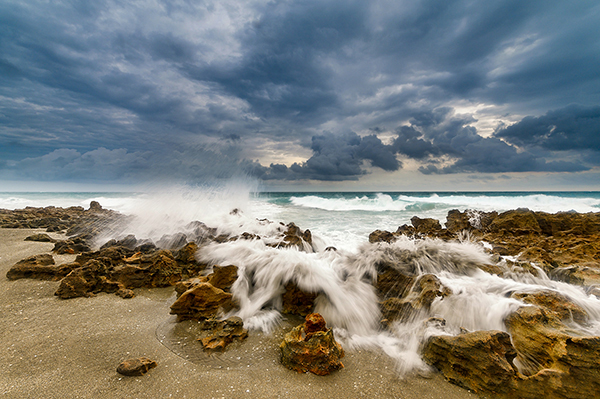
• For post-production assembly of the time-lapse-video—when I don't use my camera's built-in feature—I often use an app called Sequence and do my editing in either iMovie or Premiere Pro. iMovie gives you a lot of control, flexibility, and a maximum of ease if you're just getting into time-lapse videos.
• Finally, I suggest you work out your settings with some close-to-home trial-and-error before getting to a great location that offers lots of clouds in dramatic motion.

Deborah Sandidge's website, deborahsandidge.com, offers a collection of her photographs, including long-exposure cloud images and time-lapse videos, as well as photo tips and a schedule of upcoming workshops, photo tours, and seminars.
- Log in or register to post comments

